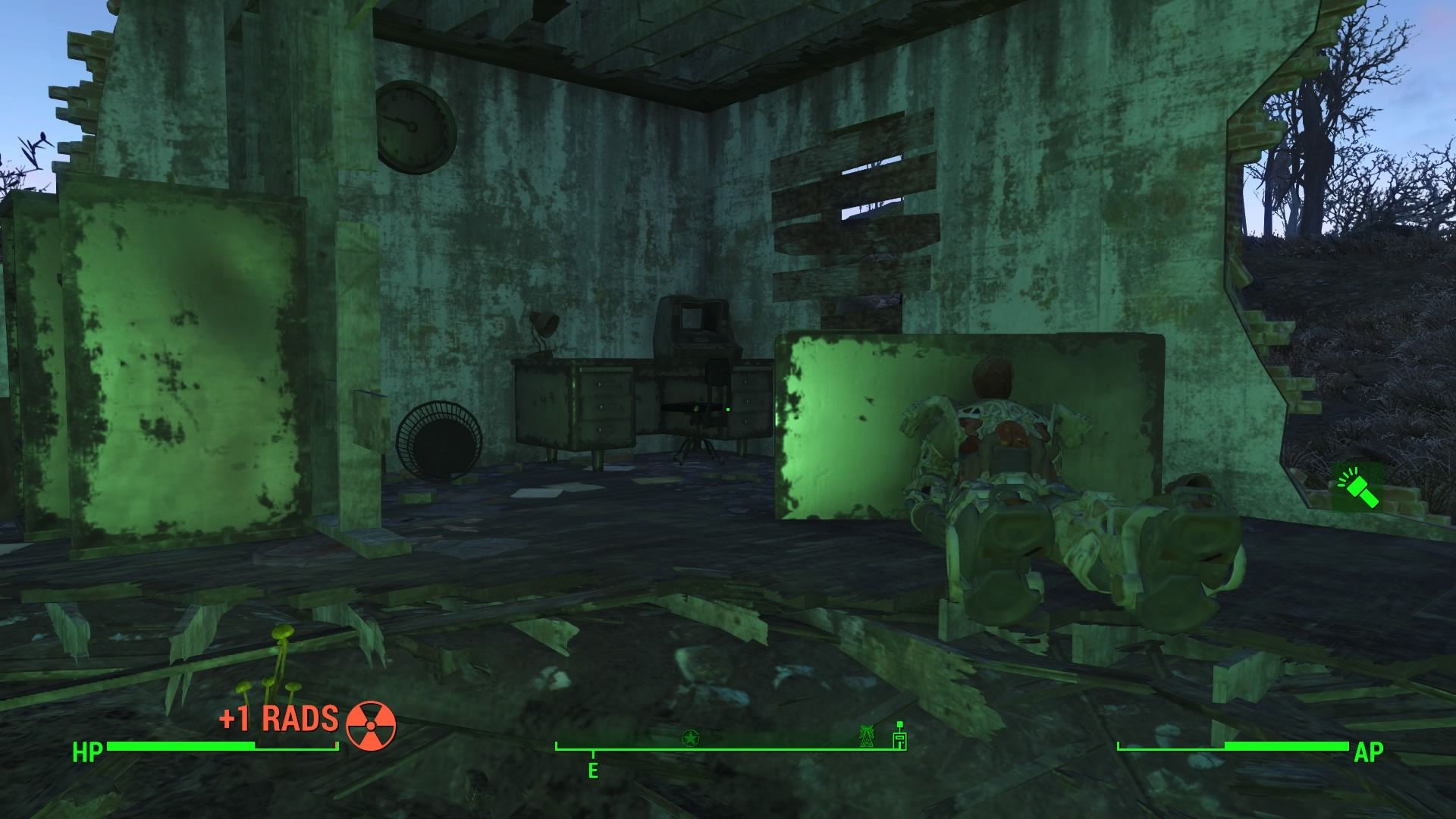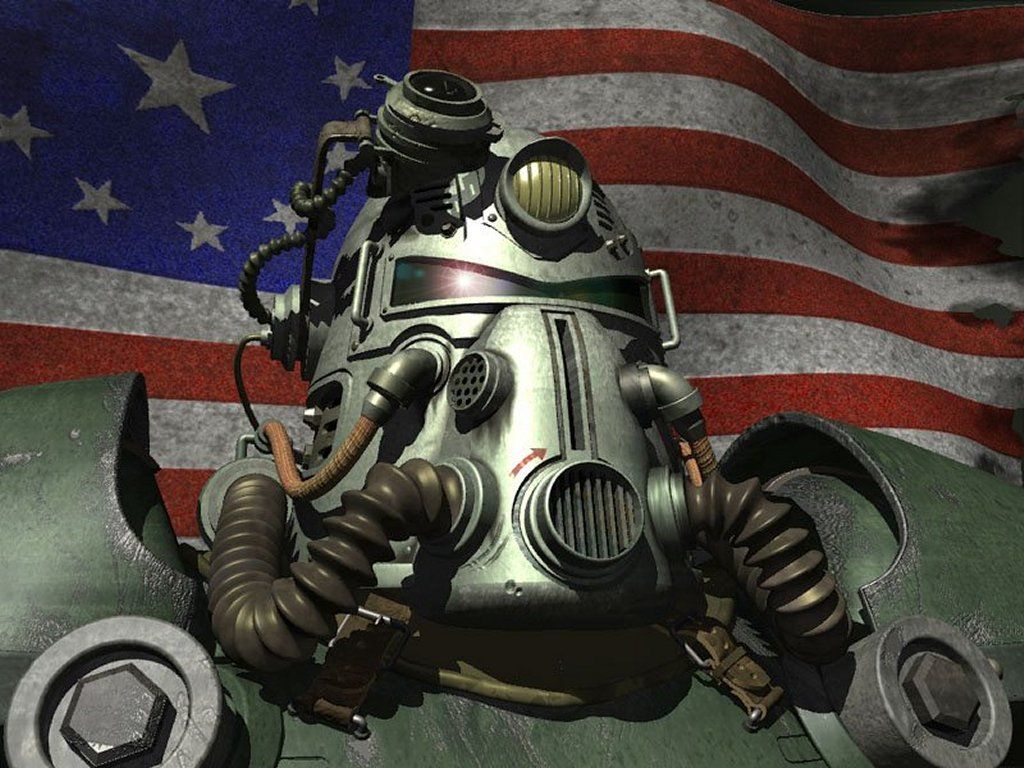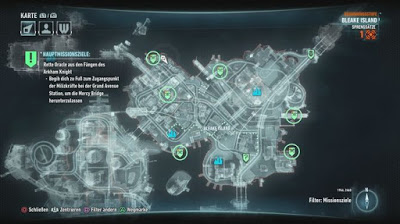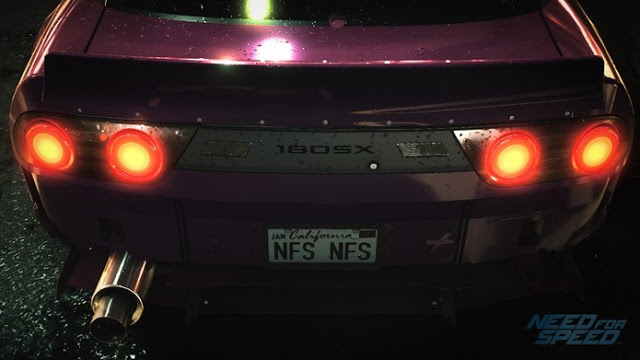

For better or worse, El Shaddai has the pedigree of a critical darling. Development on the title was headed by Takeyasu Sawaki, a former member of Capcom who was a character designer on Devil May Cry and the “too beautiful to live” Okami. Sawaki seems to have been given a great deal of artistic freedom with his first title, creating in El Shaddai: Ascension of the Metatron one of the most stunningly rendered worlds in gaming history. However, did the gameplay back up the visuals, or was this simply art for art’s sake?
Based on lesser-known biblical scripture that fits in perfectly with videogame tropes, you play as Enoch, a man on a mission from God to stop seven renegade angels. Enoch is supported by archangels including the then-unfallen Lucifer, as the future King of Hell guides you through your journey, intermittently having snarky cellphone conversations at save points. Though the story isn't always crystal clear, Lucifer is such a compelling character that you'll stay engaged at even the most obtuse moments.
Enoch must climb the tower base of the renegade seraphim and their blasphemous offspring to make things right lest God flood the Earth to wipe the slate clean. Centuries pass by in the blink of an eye, though Enoch keeps his handsome, slightly vacant-looking blondness throughout. As he finishes off each angel along with their cute but destructive children the Nephelim, he moves on to the next level of the enemy stronghold. While it's not the most original set-up, it gives El Shaddai the perfect structure to play around in.
Gameplay falls into one of two categories: combo-heavy, weapon-based fighting and platforming. Of the two the game does combat best, as the simple-seeming battles are reminiscent of third-person action titles like Ninja Gaiden and Devil May Cry, though Shaddai wants to make things a little simpler for the player. Just as controlling the game restricts itself to only four buttons and the left stick, you only have three weapons to master in El Shaddai, but it keeps things challenging, in fact a little too challenging at times. Normal difficulty doesn’t take it easy on you, but the unlockable harder difficulties are really tough.
The trio of weapons are the fast, sword-like Arch, the long-ranged but weak Gale, and the strong, slow, and defensive Veil. All are introduced fairly quickly and seem easy to grasp as you use them with El Shaddai’s single attack button, though they all reveal fairly intricate combos as the game goes on. Each has multiple timing-based attacks can get to be pretty devastating once you know the rhythm, as well as specialized blocks and dodges that make each feel unique. Combine that with a rock-paper-scissors style of pros/cons to each weapon, you end up with a fairly deep combat system when the small armory is taken into account. The fights might not be as deep as say Bayonetta or God of War, but El Shaddai accomplishes what it sets out to do with the combat.
Conversely, the platforming isn’t as well formed or as interestingly specialized as the combat, most of those sections are pretty straightforward. Simply double jump to the next thing until you run out of things to jump on. It’s all fine, but occasionally the floaty nature of the movement makes landing a pain. It’s not so bad in the many 2D sections, but 3D jumping gets bothersome, especially when your movements may be off thanks to a slightly askew camera angle or level coloring. When you miss a jump the level at least drops you back at the start quickly, basically admitting that the game isn’t all it could be when it comes to the agility-based action.




 Batman Arkham Knight: most wanted - side missions guide
Batman Arkham Knight: most wanted - side missions guide Need for Speed 2015 Car List, Gameplay and Customization video
Need for Speed 2015 Car List, Gameplay and Customization video Titanfall Beta Date Leaked
Titanfall Beta Date Leaked Katy Perrys Dark Horse to surpass one billion views on YouTube
Katy Perrys Dark Horse to surpass one billion views on YouTube 8 Amazing Things You Can Do With an iPhone
8 Amazing Things You Can Do With an iPhone